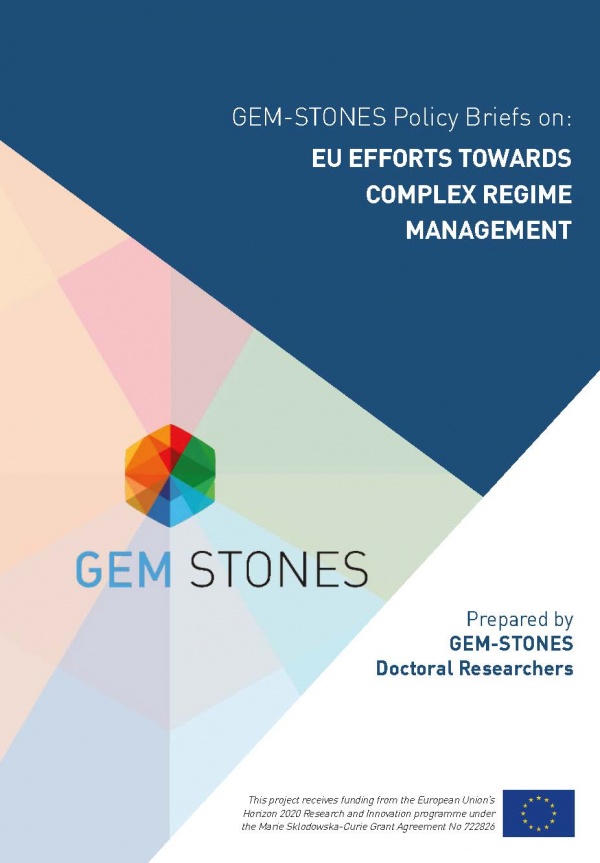The Vulnerabilisation of Trafficked Children: Escaping the Structural Violence of Governance Practices in the European Union

GEM-STONES Policy Briefs. AGORA Forum, March 2020
Executive Summary
Child trafficking has been the object of increased concern over the past decades. 2020 marks the 30th anniversary of the UN Convention on the Rights of the Child, the 20th anniversary of the Palermo Protocol, and 2021 will see the 10th year of implementation of the EU Anti-Trafficking Directive. Despite growing awareness of the issue and a substantive legal and political arsenal to combat trafficking, numbers continue to rise.
This research focuses on the effects of anti-trafficking policies on children, a question not so much dealt with in political science due to the assumption that, by necessity, policies protect children. It finds that, despite the genuine intentions and hard work of many stakeholders, obstacles to protection are built into our socio-political and legal structures, creating cycles of vulnerability, even for children identified as trafficking victims.
This paper briefly outlines the main obstacles to child protection – linked to the concept of trafficking, the political ambivalence towards trafficked children, global socio-economic dynamics, poor victim identification and support –, and suggests a few avenues to improve the current system.
![]()
This project receives funding from the European Union's Horizon 2020 research and innovation programme under the Marie Sklodowska-Curie Grant Agreement No 722826.
















